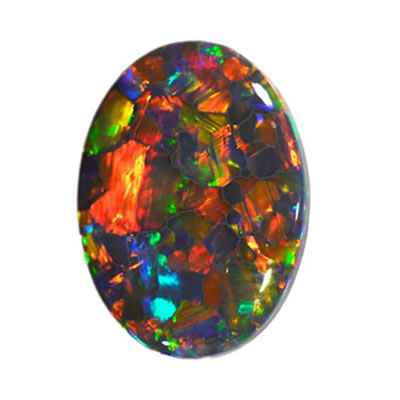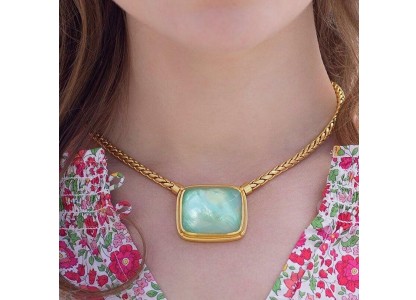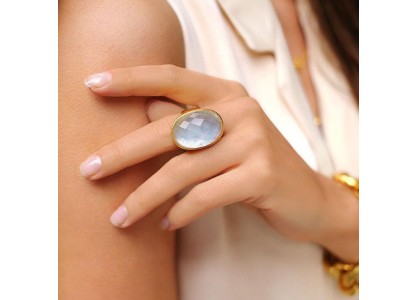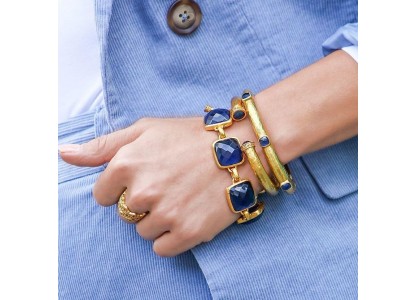Chrysoprase

Chrysoprase jewelry
Etymology and history
The word chrysoprase comes from the Greek χρυσός chrysos meaning 'gold' and πράσον prason, meaning 'leek'. It is said to be a "Victory Stone." In the 18th century, as said, thieves used to become invisible by keeping the stone in their mouth.
Chrysoprase is cryptocrystalline, which means that it is composed of crystals so fine that they cannot be seen as distinct particles under normal magnification.
Chrysoprase description
Chrysoprase, chrysophrase or chysoprasus is a gemstone variety of chalcedony (a cryptocrystalline form of silica) that contains small quantities of nickel. Its color is normally apple-green, but varies to deep green. The darker varieties of chrysoprase are also referred to as prase. (However, the term prase is also used to describe chlorite-included quartz, and to a certain extent is a color-descriptor, rather than a rigorously defined mineral variety.) Chrysoprase gemstone is of very fine translucent green color and texture. It is sometimes mistaken for green Imperial jadeite. With many similarities with jadeite, chrysoprase is sometimes marketed as "Australian Imperial Jade."
Chrysoprase in Jewelry
Chrysoprase was used by the Greeks, Romans, and the Egyptians in jewelry and other ornamental objects and because of its semi-opaque green color, it is often mistaken for Imperial jadeite. Chrysoprase Jewelry is really beautiful.
Occurrence
The best known sources of chrysoprase are Queensland, Western Australia, Germany, Poland, Russia, Arizona, California, and Brazil. The chrysoprase and Ni silicate ore deposit in Szklary, Lower Silesia, Poland, was probably the biggest European chrysoprase occurrence and possibly also the biggest in the world.
Talk to Our Jewelry Experts
Monday to Friday from 9AM to 5PM EST













